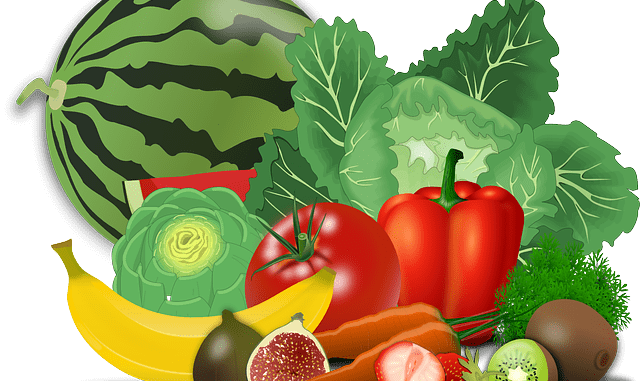
Ethyl lauroyl arginate (ELA) is a preservative used in a range of products including non-alcoholic beverages, fish, meat products and salads. It may be worth examining as an alternative to more conventional preservatives such as sorbic acid and benzoic acid..
- The active ingredient in ELA is ethyl-Nα-lauroyl–L-arginate HCl, whose anti-microbial activity is due to its properties as a cationic surfactant. This works by denaturing proteins in the outer membrane of microorganisms, resulting in increased permeability of the outer membrane, causing growth inhibition or cell death.
- It is effective against a wide range of Gram-positive and Gram-negative bacteria, as well as yeast and moulds, indicating broad-spectrum activity.
- The levels of use proposed by EFSA for use in beverages are as follows:
| Food Category | Ethyl lauroyl arginate (mg/kg) |
| Non-alcoholic flavoured drinks containing fruit juices | 115 |
| Energy and sports drinks | 115 |
| Concentrates based on fruit juices | 180* |
* equivalent to 36 mg/kg ELA in finished drink (assuming 5x dilution)
- ELA was granted GRAS status by the FDA in September 2005, for use as an antimicrobial at levels up to 225 mg/kg in food categories specified.
- As far as I can tell, ELA does not have an “E” number, suggesting that it is not yet approved for use in the EU.
Summary of EFSA Opinion
- It is concluded that, on ingestion by humans, ethyl lauroyl arginate will be broken down to products of normal metabolism.
- Ethyl-Nα-lauroyl-L-arginate is not genotoxic in mammalian cells. It showed no evidence of a genotoxic effect in the in vivo mouse micronucleus test.
- According to the available evidence, ethyl lauroyl arginate is devoid of reproductive and developmental toxicity.
- The Panel established an ADI of 0.5 mg ethyl lauroyl arginate of the proposed specifications /kg bw.
- Potential dietary exposure to ethyl lauroyl arginate was estimated based on UK food consumption data and on the assumption that it would be present in all food categories for which use levels are proposed. The potential dietary exposure was found to be at or above the ADI in high consumers for both children aged 1.5 to 4.5 (580% of the ADI), children aged 4 to 18 (370% of the ADI) and adults (100% of the ADI).
- The potential mean dietary exposure to ethyl lauroyl arginate in consumers only was also at or above the ADI for both children aged 1.5 to 4.5 (170% of the ADI) and children aged 4 to 18 (106% of the ADI).
Patents – found 26 patents since 1991 using MicroPatent – almost all of these are for dental applications – mouthwashes and toothpastes. The remaining 2 are for antimicrobial compositions:
US20070082018 A1 and WO2007038627 A2.
These patents are essentially the same as they are both filed by the same people, and a cursory glance suggests the two patents are claiming the same things. They describe mainly an antimicrobial composition comprising a lauric arginate salt, amongst other things.
References
1) “Opinion of the Scientific Panel on food additives, flavourings, processing aids and materials in contact with food (AFC) related to an application on the use of ethyl lauroyl arginate as a food additive” (EFSA, 2007). http://www.efsa.europa.eu/cs/BlobServer/Scientific_Opinion/afc_op_ej511_lauric%20arginate_op_en,3.pdf?ssbinary=true
2) Food Standards Agency “Current EU approved additives and their E Numbers” – http://www.food.gov.uk/safereating/chemsafe/additivesbranch/enumberlist
3) Patent Application US20070082018 A1 “Stabilized antimicrobial compositions and related methods of preparation”
4) Patent Application WO2007038627 A2 “Stabilized antimicrobial compositions and related methods of preparation”
What an unusual ingredient. I don’t like the chemical name though – it needs to be called something a bit more benign or even interesting. I dare say it is just another chemical in our foods.